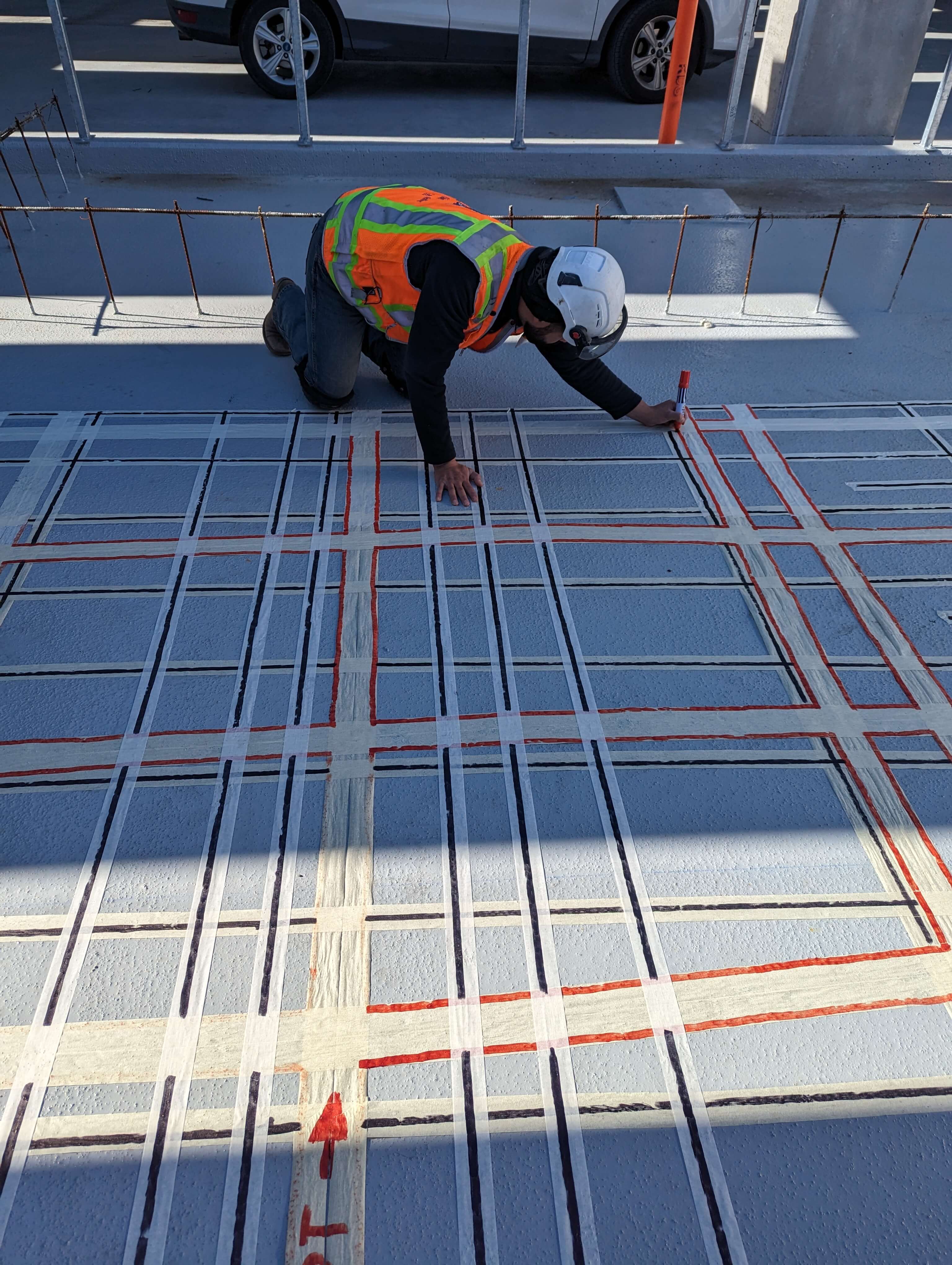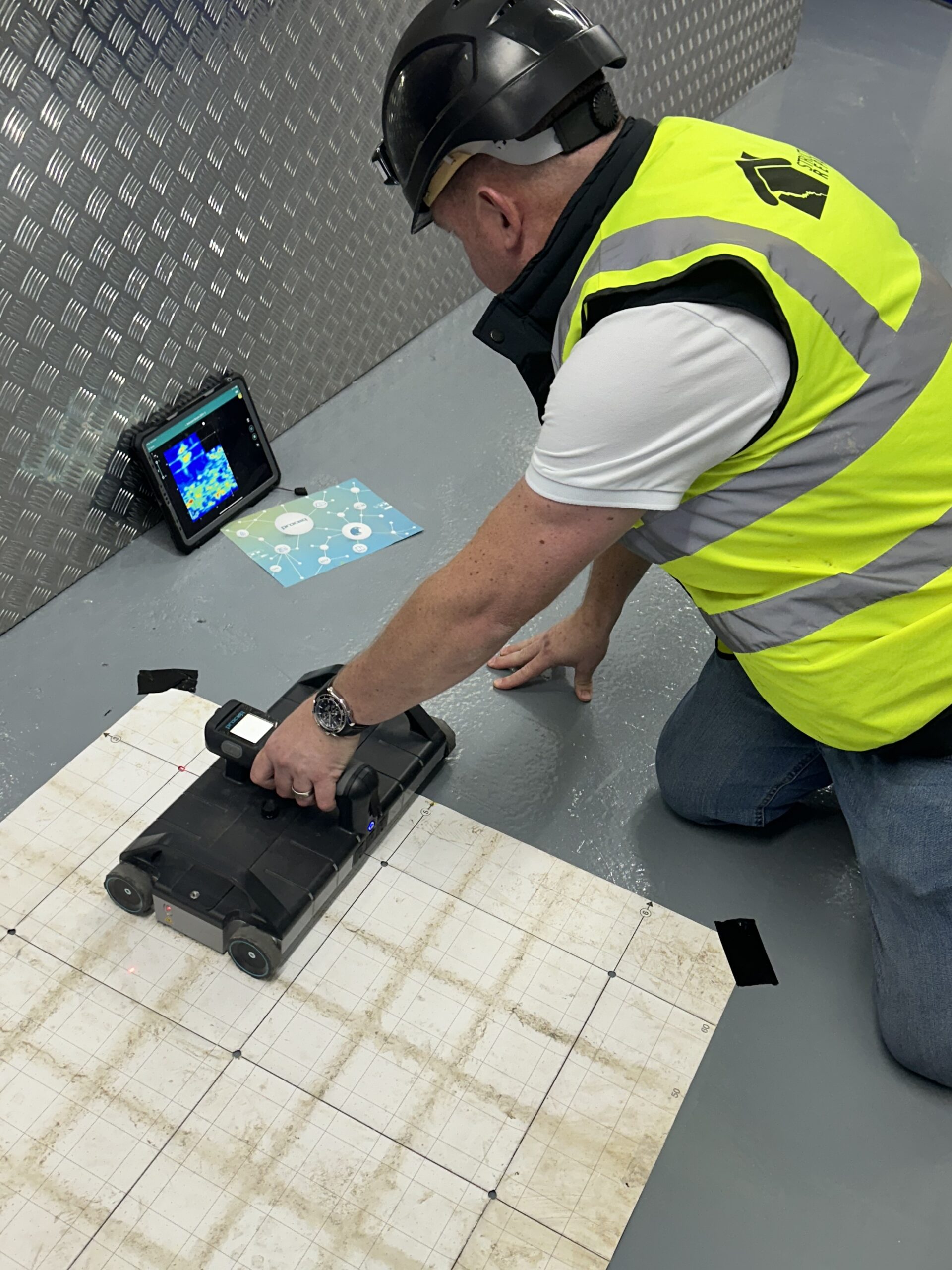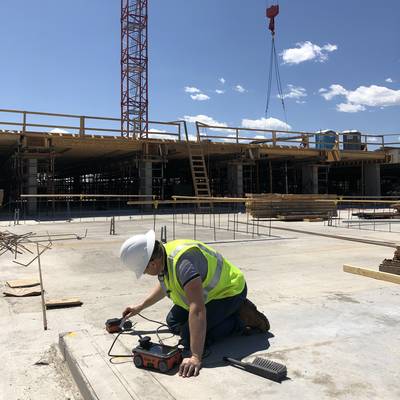Comprehensive Insights right into Concrete Scanning Procedures
Comprehensive Insights right into Concrete Scanning Procedures
Blog Article
Reveal the Transformative Power of Concrete Scanning in Making The Most Of Performance and Security
Concrete scanning has actually emerged as a critical tool in the building sector, using exceptional benefits in improving job effectiveness and making sure security requirements. The transformative power of concrete scanning lies in its capability to offer real-time data and in-depth insights, transforming exactly how jobs are prepared and carried out.
Importance of Concrete Scanning
Making certain the architectural stability and safety of construction jobs begins with the crucial action of carrying out comprehensive concrete scanning. Concrete scanning is a non-destructive method used to identify and map subsurface aspects within concrete structures. This procedure is necessary in recognizing prospective threats, such as rebar, post-tension cables, and conduits, that may be concealed within the concrete. By making use of advanced technologies like ground-penetrating radar (GPR) and electromagnetic induction, construction groups can properly find these aspects without creating any damages to the structure.
The significance of concrete scanning can not be overemphasized, as it plays an important function in avoiding crashes, minimizing job hold-ups, and ensuring the lasting longevity of the construction. By identifying possible risks before the construction phase begins, home builders can implement appropriate precaution and make informed choices regarding the design and implementation of the project. In addition, concrete scanning aids in optimizing task timelines and budget plan by preventing unexpected costs and hold-ups that might occur due to unexpected blockages within the concrete. Ultimately, purchasing thorough concrete scanning is a proactive approach that improves both effectiveness and safety in building jobs.
Just How Concrete Scanning Works
Concrete scanning runs as an essential device in building and construction projects by using sophisticated innovations to detect and map subsurface components without triggering architectural damage. Ground Permeating Radar (GPR) and Electromagnetic Induction (EMI) are two key approaches made use of in concrete scanning. GPR works by sending out high-frequency radar pulses right into the surface area, which get better when they run into subsurface items or spaces. The moment taken for the signal to return shows the deepness and area of the items. EMI, on the various other hand, utilizes magnetic fields to identify variances in product compositions, such as identifying rebar or avenues within concrete structures.
Throughout the scanning process, the information gathered is assessed in real-time, allowing prompt recognition of prospective risks or obstacles below the surface. This information help in decision-making, ensuring that building activities continue securely and efficiently. Additionally, 3D imaging software can be made use of to develop topographic maps of the subsurface components, better enhancing task planning and execution. By using these advanced modern technologies, concrete scanning substantially lowers the danger of pricey problems and injuries on construction sites.
Advantages of Concrete Scanning
One of the key advantages of concrete scanning is the capability to spot and locate ingrained items such as rebar, post-tension cables, and avenues accurately. Concrete scanning aids in preparation and creating much more effectively, as it supplies exact information regarding the place and deepness of architectural parts.

Situation Studies: Concrete Scanning Success

In one more case, a building and construction firm used 3D concrete scanning to evaluate the problem of aging concrete structures in a historical structure. The thorough scans given valuable insights into the degree of deterioration and assisted prioritize upkeep initiatives effectively. By proactively attending to locations of concern determined with scanning, the firm was able to expand the lifespan of the framework and make sure resident safety and security.
These case studies highlight the transformative power of concrete scanning in improving efficiency, precision, and security in building and construction jobs.
Carrying Out Concrete Scanning in Projects
Implementing innovative scanning innovations throughout building projects has become progressively vital for enhancing precision and safety and security. By integrating concrete scanning into job preparation and execution, construction groups can identify potential risks, such as rebar or post-tension cable televisions, hidden within concrete structures. This aggressive strategy minimizes the risk of accidents, hold-ups, and pricey rework, eventually resulting in a lot more effective project timelines and budgets.
To implement concrete scanning properly, project managers should collaborate very closely with knowledgeable scanning experts to identify one of the most ideal scanning methods for the specific task demands. Involving scanning specialists from the onset of a job enables the group to develop thorough scanning plans that deal with essential areas of issue and make sure complete information collection.
Additionally, incorporating concrete scanning right into routine task process can streamline decision-making procedures, as real-time scan information gives prompt understandings right into the condition of concrete structures - Concrete Scanning. This data-driven approach promotes notified analytic and makes it possible for teams to make modifications promptly, promoting a society of efficiency and safety and security throughout the task lifecycle

Verdict
In conclusion, concrete scanning plays an essential duty in enhancing performance and safety in building projects. By making use of advanced modern technology to identify and map out underlying frameworks within concrete, this process aids to avoid costly blunders, make sure structural stability, and decrease risks on site. With the capability to discover concealed components and give exact information, concrete scanning proves to be an important tool for enhancing task end results and making best use of total success.
Concrete scanning is a non-destructive approach made use of to spot and map subsurface aspects visite site within concrete frameworks. In addition, concrete scanning aids in maximizing project timelines and spending plan by avoiding unanticipated prices and hold-ups that might develop due to unexpected blockages within the concrete. One noteworthy case research involves a large renovation project where concrete scanning played an important function in making sure task success.In an additional case, a construction company utilized 3D concrete scanning to evaluate the condition of maturing concrete structures in a historic building. By integrating concrete scanning into project planning and implementation, building groups can recognize prospective hazards, such as rebar or post-tension cables, concealed within concrete my sources structures.
Report this page